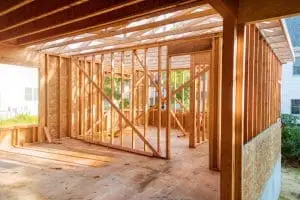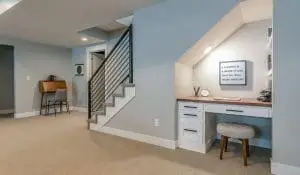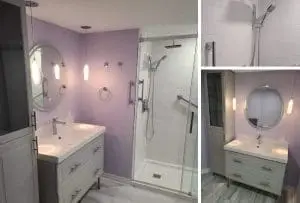Why do you want to plan a home renovation? To add more space to your home? Add resale value to your home? Make it more functional? More energy efficient? Or does the space simply need a style makeover? Whatever the reason, it is likely obvious and close to your heart. Financing your
renovation project, on the hand, may be a fuzzier topic.
Before you get into the nitty gritty of designing a layout or choosing the right paint colour, you need to determine where the money will come from. If you’ve been saving specifically for this occasion and have a lump sum sitting in the bank, then you’re golden. If not, do you plan to take a loan? Secure a home equity line of credit? Let’s explore a few of the different financing options on how to pay for your home renovation:
Savings
If you are planning a small renovation project like turning a spare bedroom into the nursery or adding a powder room to the main floor, you can likely pay for it out of pocket if you have sufficient savings. However unless you have been a very diligent saver, larger renovation projects like overhauling the
kitchen or planning a
home addition will require alternate funding.
Credit Card
A credit card is fine for paying for materials, especially if you are doing a smaller renovation or DIY weekend project – just make sure you pay it off quickly. However due to the
high interest rates on credit cards, you’re better off finding alternate funding options if the project is large.
Personal Loan
As with a mortgage, you can apply for a personal loan. In addition to the principal, you will have to pay interest. On the upside, personal loans have a lower interest rate than credit cards. Unlike a personal line of credit, you will have to reapply for a new loan once you pay it off.
Personal Line of Credit
The huge benefit of a personal line of credit is that you can access funds to the credit’s limit on an ongoing basis. This is ideal for ongoing renovations rather than one project with a determined end date. A personal line of credit has much lower interest rates than credit cards.
Home Equity Loans
Home equity loans borrow money against the value of your home. They have even better interest rates than personal lines of credit. Beware that home equity loans do require set-up costs, such as legal fees and appraisal fees. You can usually borrow up to 80% of your home’s value.
Mortgage Refinancing
Mortgage refinancing allows you to spread the
cost of renovations over a period of years by bundling it with your mortgage repayment (at the same interest rate as your mortgage, far better than credit card/personal loan interest rates). You can borrow up to 80% of the equity in your home. As with home equity loans, legal and appraisal fees do apply.
Additional Funding
You can qualify for government funding to incentivize positive renovations, like making your home more energy-efficient or
mobility-friendly. For example, the
Healthy Homes Renovation Tax Credit encourages seniors and their families to make homes safer and more accessible. You can claim up to $10,000 in eligible expenses and receive up to 15% back as a tax credit. The HHRTC is proposed to end on January 1, 2017.
Once you’ve secured funding, get in touch with RenosGroup.ca to get your estimate for a bathroom renovation, kitchen renovation, mobility renovation, basement renovation, home addition, or coach house remodel/construction. To learn more about how to pay for your home renovation, don’t hesitate to
contact us, or give us a call at
(613)727-9427 















